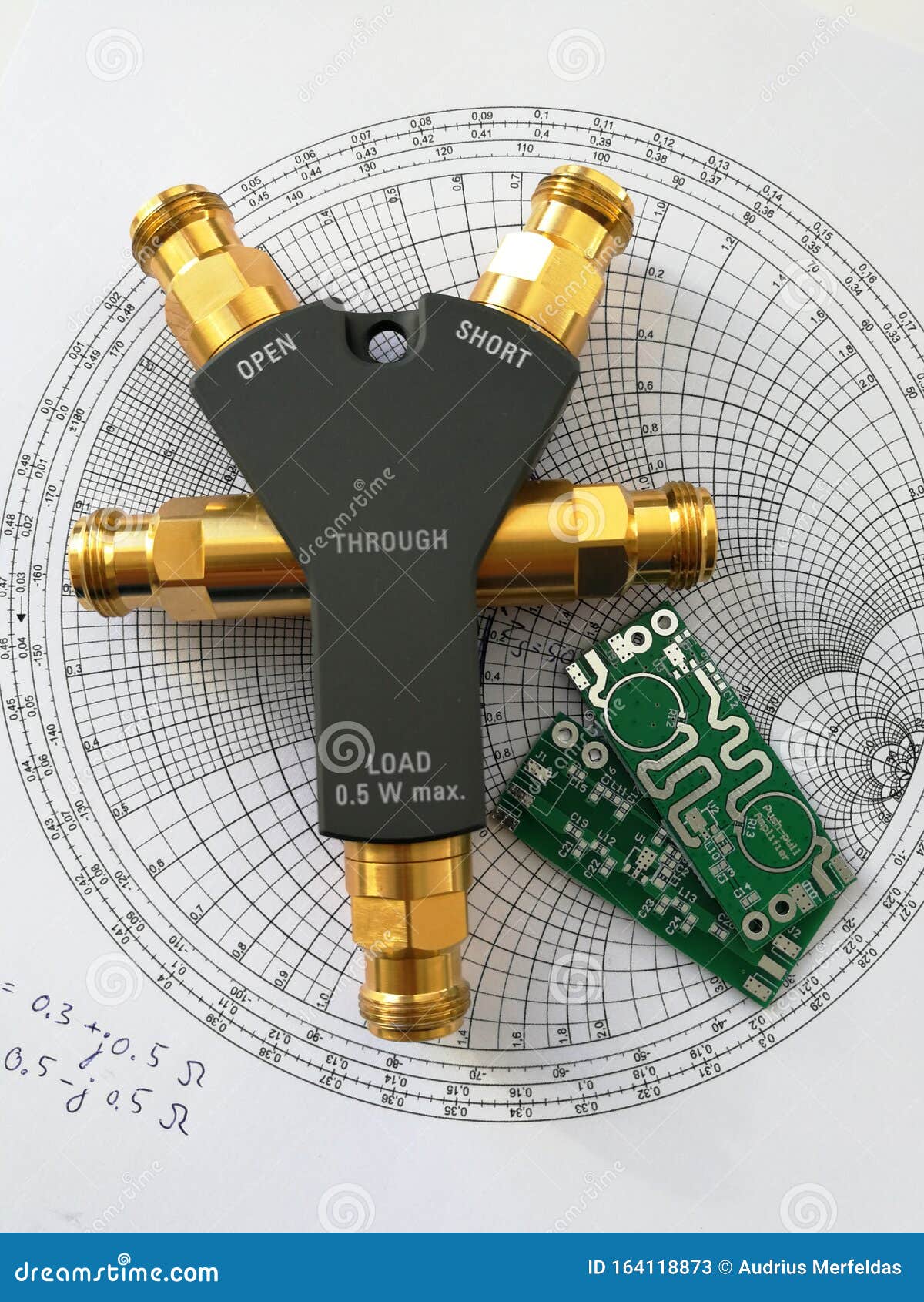
The magnitude of the continuous wave can also be adjusted.

The VNA measures the high-speed signal vector response to a component or a network, one frequency at a time, by applying a continuous wave at that frequency. The VNA measurement frequency bandwidth and the number of frequency points across the selected frequency range are input options for a given VNA measurement. A VNA from Keysight Technologies, from the Keysight website. Figure 5.16 shows a contemporary four-port VNA with two ports connected to a device under test.įigure 5.16.
#VNA SMITH CHART SERIAL#
VNA can be used for networks with an arbitrary number of ports-for example, the four-port differential pairs of a PCIe serial link. In high-speed system tests, VNA is often used to characterize multi-port networks consisting of components such as connectors, filters, amplifiers, and transmission line/coaxial channels. It is also capable of visualizing the results in different formats-for example, real/imaginary, magnitude/phase, Smith chart, etc. The built-in computer in the VNA calculates key parameters such as return loss and insertion loss of the network under test. Both amplitude and phase of the high-frequency signal are captured at each frequency point. A VNA measures the power of a high-speed signal going into and coming back from a component or a network, because power, in contrast to voltage and current, can be measured accurately at high frequencies. Where the ohmmeter’s calibration simply used a short circuit (connecting the test leads together) to determine the extra resistance term in the error model, a VNA uses multiple calibration standards – typically open circuits, short circuits, loads, and through (thru) connections.Ī vector network analyzer is an instrument that measures the frequency response of a component or a network composed of many components, which can be both passive and active.
#VNA SMITH CHART SERIES#
The obvious error model is simply a resistance in series with the test port. On an ohmmeter, when the zero function is activated, it stores a resistance measurement, which is then subtracted from all future measurements.

The VNA is calibrated in much the same manner that the zero function on an ohmmeter subtracts out the resistance of the test leads. These imperfections include not only the nonideal nature of cables and probes but also the internal characteristics of the VNA itself. Calibration also corrects the imperfections of the measurement system. VNAs rely on calibration for accuracy even in measurements with the reference plane defined at the instrument front panel connectors or at the ends of cables. VNA calibration is the process of measuring devices with known or partly known characteristics and using these measurements to establish the measurement reference planes. Craig Stewart, in Comprehensive Microsystems, 2008 1.17.5.2.1 VNA calibration fundamentals


 0 kommentar(er)
0 kommentar(er)
